FMNH FMNHINS 0000 368 729
- Download fileScanner: Field Museum of Natural History - Department of Zoology - Division of Insects
Creator: Field Museum of Natural History - Department of Zoology - Division of Insects
(c) Field Museum of Natural History - CC BY-NC 4.0
Description: Rudow, Ferdinand (1871) Einige Pupiparen auf Chiropteren schmarotzend. Zeitschrift für die Gesammten Naturwissenschaften (Giebel) 37: 121 Photographer: Field Museum of Natural History - Department of Zoology - Division of Insects
Photographer: Field Museum of Natural History - Department of Zoology - Division of Insects
(c) Field Museum of Natural History - CC BY-NC 4.0
Description: 368729 Trichobius longipes (THA S40), male, habitus, dorsal view. Collected 3/21/68 by T. H. G. Aitken in Brazil (Belém, Mocambo Forest, IPEAN, Pará) from Phyllostomus elongatus. Photo taken using the purple station Microptics system and stacked with CombineZ.FM Catalog: InsectsCatalog Subset: Bat FliesScientific Name: Trichobius longipes (Rudow, 1871)Phylum: ArthropodaClass: InsectaOrder: DipteraFamily: StreblidaeGenus: TrichobiusSpecies: longipesField #: THA S40Collector: T. H. G. AitkenGeography: South America, Brazil, Pará, 43m: Belém, Mocambo Forest, IPEANDWc Country: BrazilDate Collected: 21 Mar 1968Tissue Available?: NoCo-ordinates Available?: NoCount: 2Sex: adult maleEMu IRN: 368729OccurenceID: dab766cf-4199-414b-8693-ae9d6374acd4Measurements:Measurement taken Kind Feature Value Unit
Disclaimer: The Field Museum's online Zoological Collections Database may contain specimens and historical records that are culturally sensitive. Some records may also include offensive language. These records do not reflect the Field Museum’s current viewpoint but rather the social attitudes and circumstances of the time period when specimens were collected or cataloged.
We welcome feedback. The web database is not a complete record of the Museum’s zoological holdings, and documentation for specimens will vary due to when and how they were collected as well as how recently they were acquired. While efforts are made to ensure the accuracy of the information available on this website, some content may contain errors. We work with communities and stakeholders around the world to interpret the collections in order to promote a greater understanding of global heritage and, through consultation, will revise or remove information that is inaccurate or inappropriate. We encourage and welcome members of communities, scholars, and others to contact us to confirm or clarify data found here.
